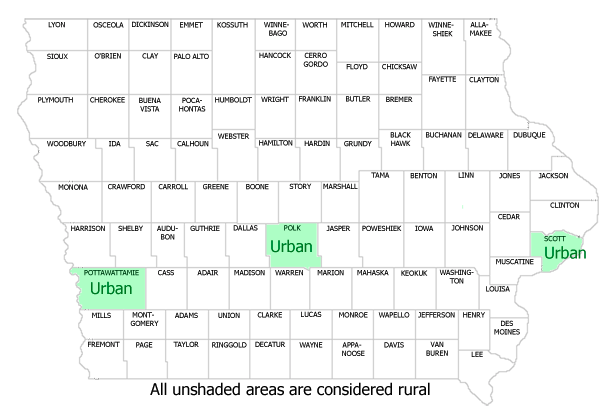On this page...
Background concentrations in ambient air represent the contributions from natural sources, non-industrial/human activities, and distant industrial facilities. The background concentrations are added to dispersion modeling results for comparison to the National Ambient Air Quality Standards (NAAQS).
Back to topDefault Background Concentration
The default background concentrations are conservative estimates of the observations across the statewide ambient air monitoring network. These data are intended to provide applicants with pre-approved background concentrations that can be used in any modeling analysis.
| Pollutant | Averaging Period | Background Concentration Value (micrograms per cubic meter) |
|---|---|---|
| PM10 | 24-hour | 54 |
| PM2.5 | 24-hour Annual | 20 8.0 |
| NO2* | 1-hour Annual | Urban: 68; Rural: 19 Urban: 12; Rural: 4 |
| SO2** | 1-hour 3-hour | 5 5 |
| CO | 1-hour 8-hour | 5,200 2,300 |
| Pb | Rolling 3-month average | 0 |
* By default the urban NO2 background should be used for projects in Polk, Pottawattamie, and Scott counties, or refer to the Urban/Rural NO2 map below for a more detailed delineation
** SO2 concentrations represent natural background. Nearby sources of SO2 should be explicitly modeled
Site-specific Background Concentrations
Applicants may propose site-specific representative background concentrations. Guidance for doing so can be found below, along with monitor-specific data that has been adjusted to remove the influence of extreme smoke events.
Back to topOzone Data
This data is intended for use in tier 3 NO2 modeling analyses, which account for the conversion of NO to NO2. The background ozone concentration is one of the key inputs. The Department has generated a background ozone concentration file for use anywhere in the state for the time period coinciding with the 2015-2019 meteorological dataset. The file provided below is a combination of the ozone monitor data collected from 12 sites across the state. This ozone data is pre-approved for analyses in which the Department's 2015-2019 meteorological data will be used.
Back to topNO2 Data
